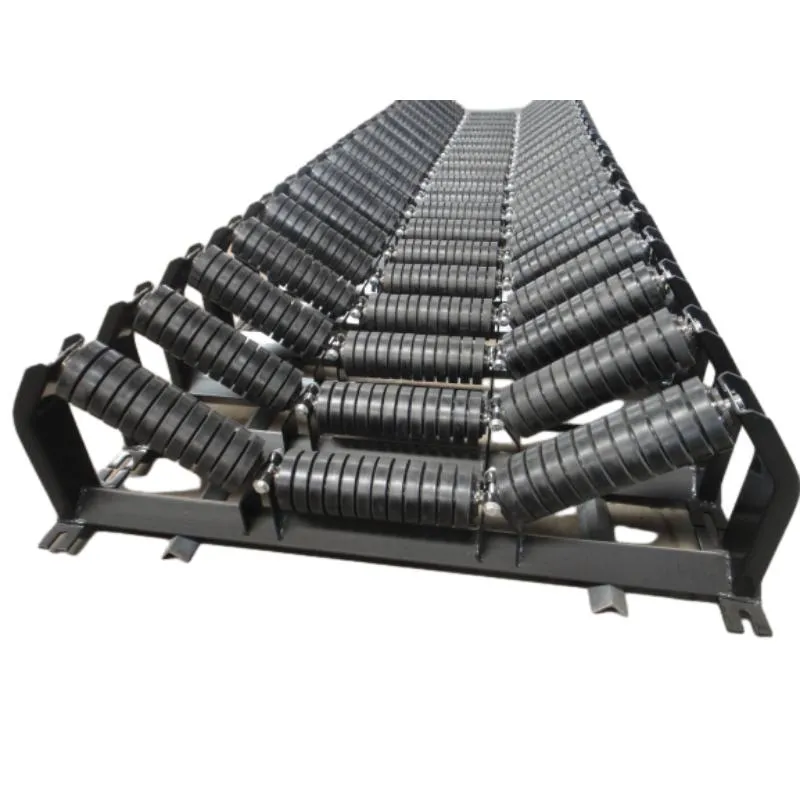 Afrikaans
Afrikaans  Albanian
Albanian  Amharic
Amharic  Arabic
Arabic  Armenian
Armenian  Azerbaijani
Azerbaijani  Basque
Basque  Belarusian
Belarusian  Bengali
Bengali  Bosnian
Bosnian  Bulgarian
Bulgarian  Catalan
Catalan  Cebuano
Cebuano  Corsican
Corsican  Croatian
Croatian  Czech
Czech  Danish
Danish  Dutch
Dutch  English
English  Esperanto
Esperanto  Estonian
Estonian  Finnish
Finnish  French
French  Frisian
Frisian  Galician
Galician  Georgian
Georgian  German
German  Greek
Greek  Gujarati
Gujarati  Haitian Creole
Haitian Creole  hausa
hausa  hawaiian
hawaiian  Hebrew
Hebrew  Hindi
Hindi  Miao
Miao  Hungarian
Hungarian  Icelandic
Icelandic  igbo
igbo  Indonesian
Indonesian  irish
irish  Italian
Italian  Japanese
Japanese  Javanese
Javanese  Kannada
Kannada  kazakh
kazakh  Khmer
Khmer  Rwandese
Rwandese  Korean
Korean  Kurdish
Kurdish  Kyrgyz
Kyrgyz  Lao
Lao  Latin
Latin  Latvian
Latvian  Lithuanian
Lithuanian  Luxembourgish
Luxembourgish  Macedonian
Macedonian  Malgashi
Malgashi  Malay
Malay  Malayalam
Malayalam  Maltese
Maltese  Maori
Maori  Marathi
Marathi  Mongolian
Mongolian  Myanmar
Myanmar  Nepali
Nepali  Norwegian
Norwegian  Norwegian
Norwegian  Occitan
Occitan  Pashto
Pashto  Persian
Persian  Polish
Polish  Portuguese
Portuguese  Punjabi
Punjabi  Romanian
Romanian  Russian
Russian  Samoan
Samoan  Scottish Gaelic
Scottish Gaelic  Serbian
Serbian  Sesotho
Sesotho  Shona
Shona  Sindhi
Sindhi  Sinhala
Sinhala  Slovak
Slovak  Slovenian
Slovenian  Somali
Somali  Spanish
Spanish  Sundanese
Sundanese  Swahili
Swahili  Swedish
Swedish  Tagalog
Tagalog  Tajik
Tajik  Tamil
Tamil  Tatar
Tatar  Telugu
Telugu  Thai
Thai  Turkish
Turkish  Turkmen
Turkmen  Ukrainian
Ukrainian  Urdu
Urdu  Uighur
Uighur  Uzbek
Uzbek  Vietnamese
Vietnamese  Welsh
Welsh  Bantu
Bantu  Yiddish
Yiddish  Yoruba
Yoruba  Zulu
Zulu conveyor troughing rollers
Understanding Conveyor Troughing Rollers A Comprehensive Overview
Conveyor systems are essential in various industries, ranging from mining and manufacturing to logistics and food processing. Among the critical components of these systems are conveyor troughing rollers, designed to facilitate the movement of bulk materials. This article will delve into the importance, functionality, and advantages of troughing rollers in conveyor systems, providing an informative guide for industry professionals and enthusiasts alike.
What Are Troughing Rollers?
Troughing rollers are specialized rollers that provide a supportive and stable surface for bulk materials as they are transported along a conveyor belt. Unlike flat rollers, which simply support the belt, troughing rollers are curved or angled to form a 'trough' shape. This design serves several vital functions it helps contain the material on the belt, reduces spillage, and improves the overall efficiency of material handling.
Typically, troughing rollers come in various configurations, such as the conventional three-roll design, where rolls are mounted to form a ‘V’ shape. This setup allows for the effective transportation of materials, especially when dealing with loose aggregates, sand, coal, or other granular substances.
The Functionality of Troughing Rollers
The primary function of troughing rollers is to support a conveyor belt and its load while minimizing belt wear and tear. The design of troughing rollers offers several advantages
1. Material Containment The curved shape of troughing rollers helps keep the material within the confines of the belt. This is particularly important for loose or lumpy materials that might otherwise fall off during transport.
2. Reduced Spillage When materials move along a conveyor, the risk of spillage can lead to increased operational costs and environmental hazards. Troughing rollers significantly reduce this risk, ensuring a cleaner operation.
3. Belt Support and Alignment Troughing rollers help maintain the proper alignment of the conveyor belt, which is crucial for efficient operation. Misaligned belts can cause excessive wear, potential downtime, and the risk of equipment failure.
conveyor troughing rollers

4. Improved Capacity By effectively containing and supporting bulk materials, troughing rollers allow for higher load capacities on conveyor systems without compromising performance.
Advantages of Using Troughing Rollers
Implementing troughing rollers in conveyor systems comes with several advantages
1. Enhanced Durability Troughing rollers are constructed from robust materials designed to withstand harsh operating conditions. This durability translates to a longer operational lifespan and reduced maintenance requirements.
2. Increased Efficiency With their ability to contain materials effectively, troughing rollers contribute to a more efficient material handling process. This can lead to higher throughput and productivity in various applications.
3. Versatility Troughing rollers can be used in a wide range of industries, including agriculture, mining, and recycling, adapting to different materials and operational needs. Their versatility makes them an invaluable component in many conveyor systems.
4. Cost-Effectiveness Though the initial investment in troughing rollers may be higher than traditional rollers, the long-term savings from reduced maintenance, fewer spillage incidents, and increased capacity make them a cost-effective choice.
Conclusion
In summary, conveyor troughing rollers play a crucial role in optimizing the efficiency and effectiveness of conveyor systems. Their unique design not only aids in the containment and support of bulk materials but also contributes to reduced operational costs and increased productivity. As industries continue to seek ways to enhance material handling processes, the importance of troughing rollers will undoubtedly remain significant. For those involved in the design, maintenance, or operation of conveyor systems, understanding and leveraging the benefits of troughing rollers can lead to improved operations and success in their respective industries.
-
Revolutionizing Conveyor Reliability with Advanced Rubber Lagging PulleysNewsJul.22,2025
-
Powering Precision and Durability with Expert Manufacturers of Conveyor ComponentsNewsJul.22,2025
-
Optimizing Conveyor Systems with Advanced Conveyor AccessoriesNewsJul.22,2025
-
Maximize Conveyor Efficiency with Quality Conveyor Idler PulleysNewsJul.22,2025
-
Future-Proof Your Conveyor System with High-Performance Polyurethane RollerNewsJul.22,2025
-
Driving Efficiency Forward with Quality Idlers and RollersNewsJul.22,2025





























